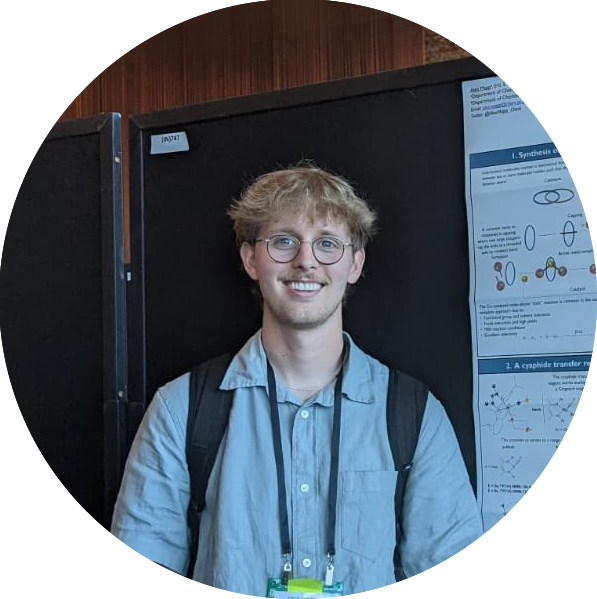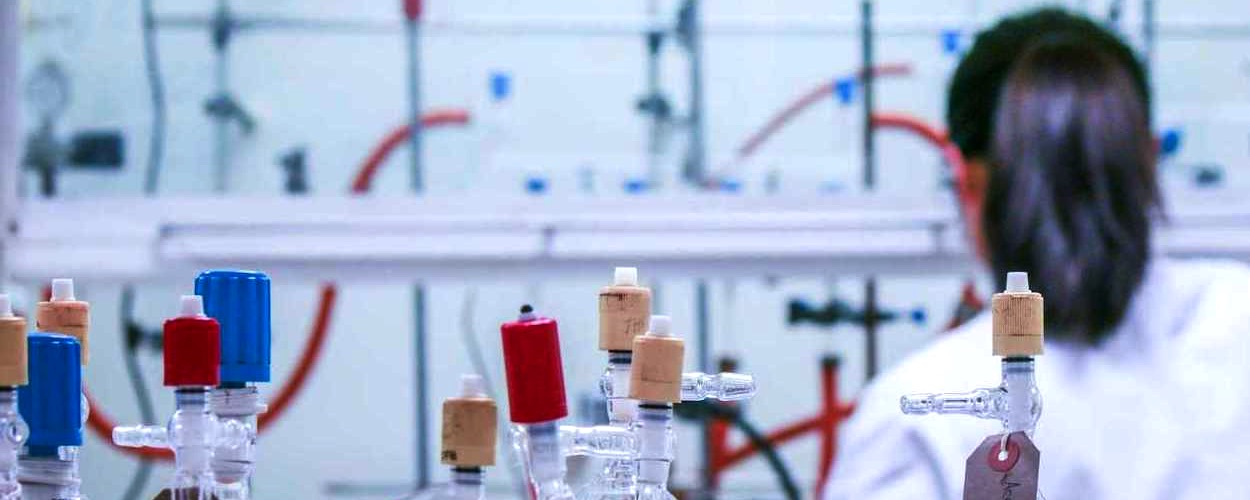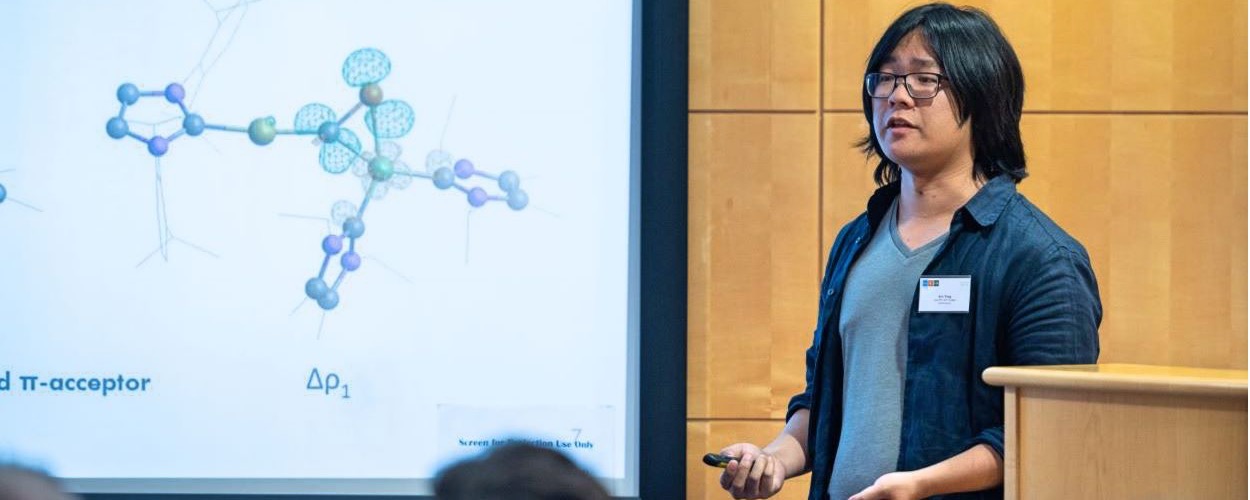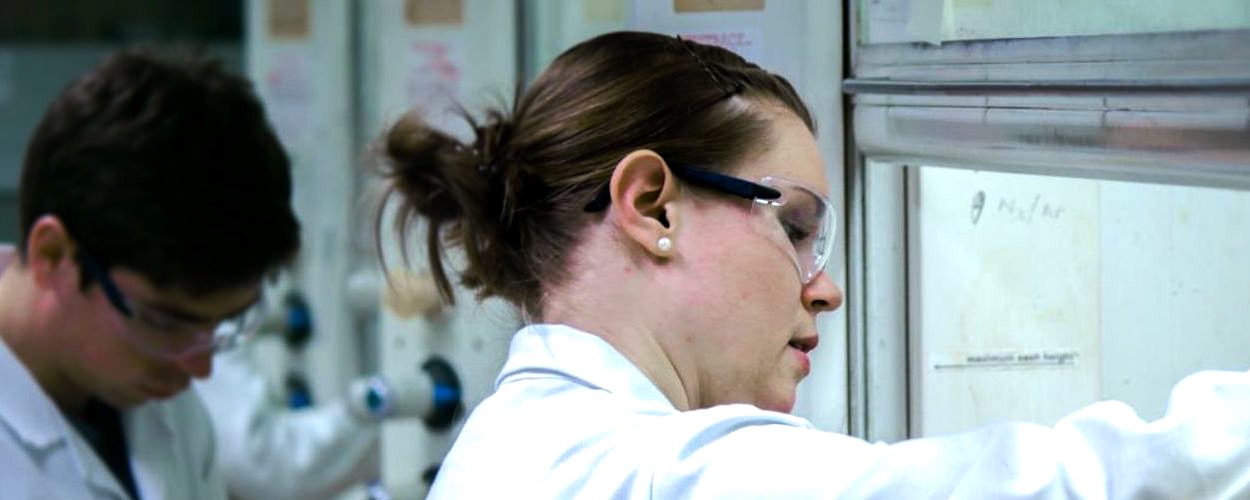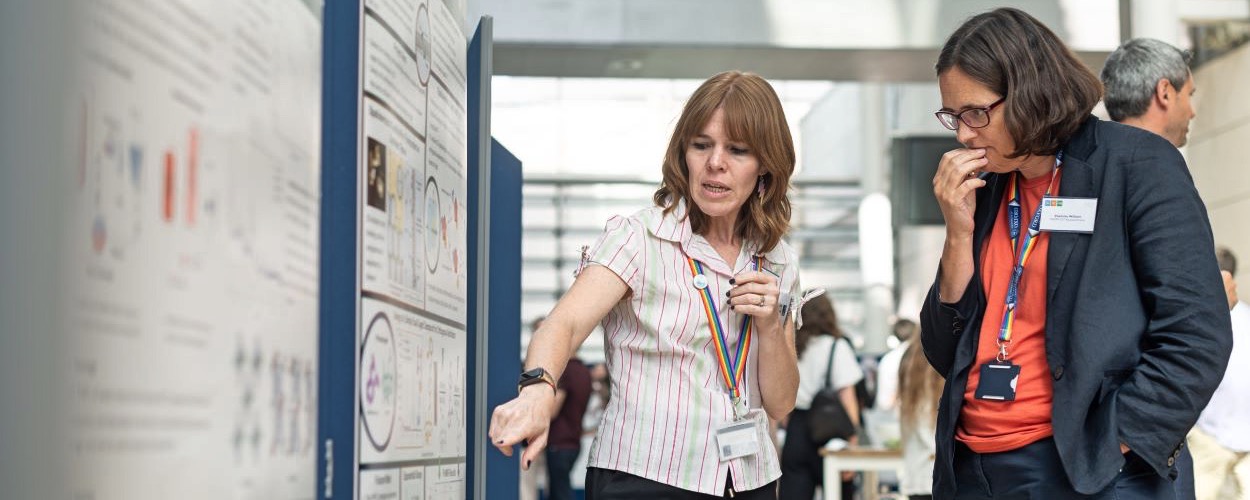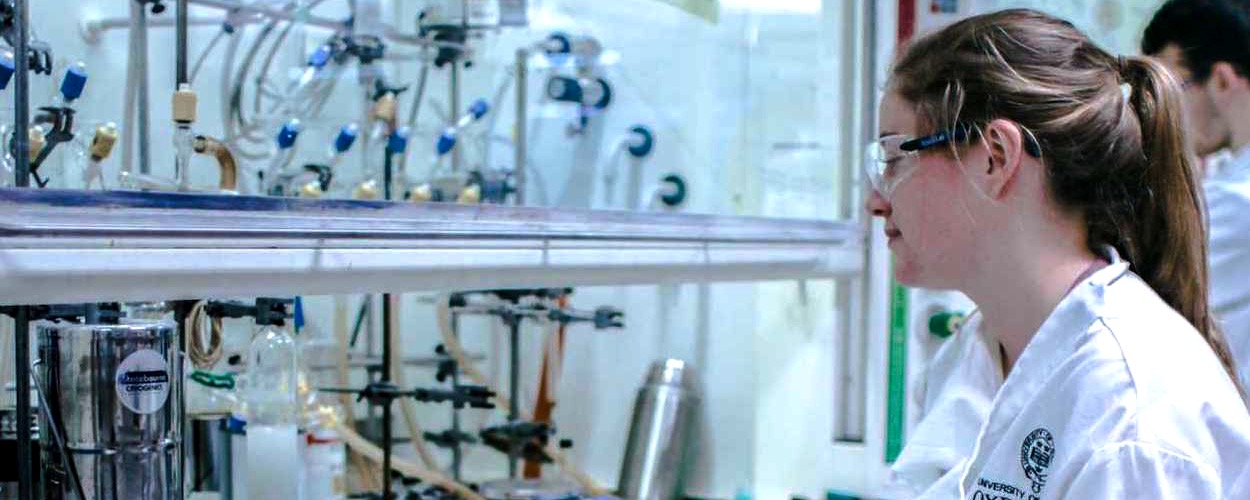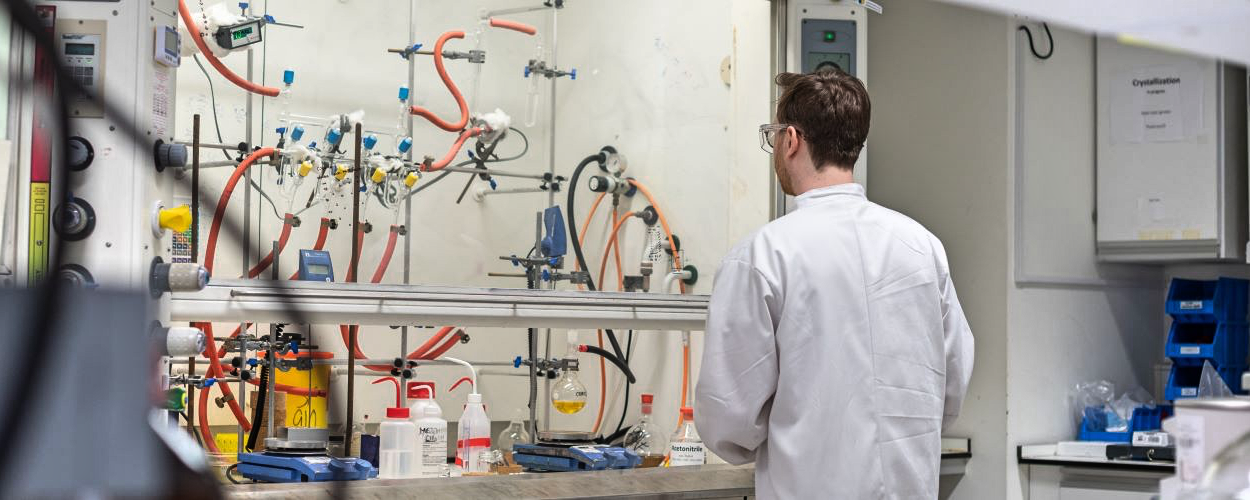Research projects
OxICFM students undertake a 42-month substantive research project in their chosen area of expertise (molecular, nano-scale or extended solids). Projects from students from each cohort are listed with the student details.
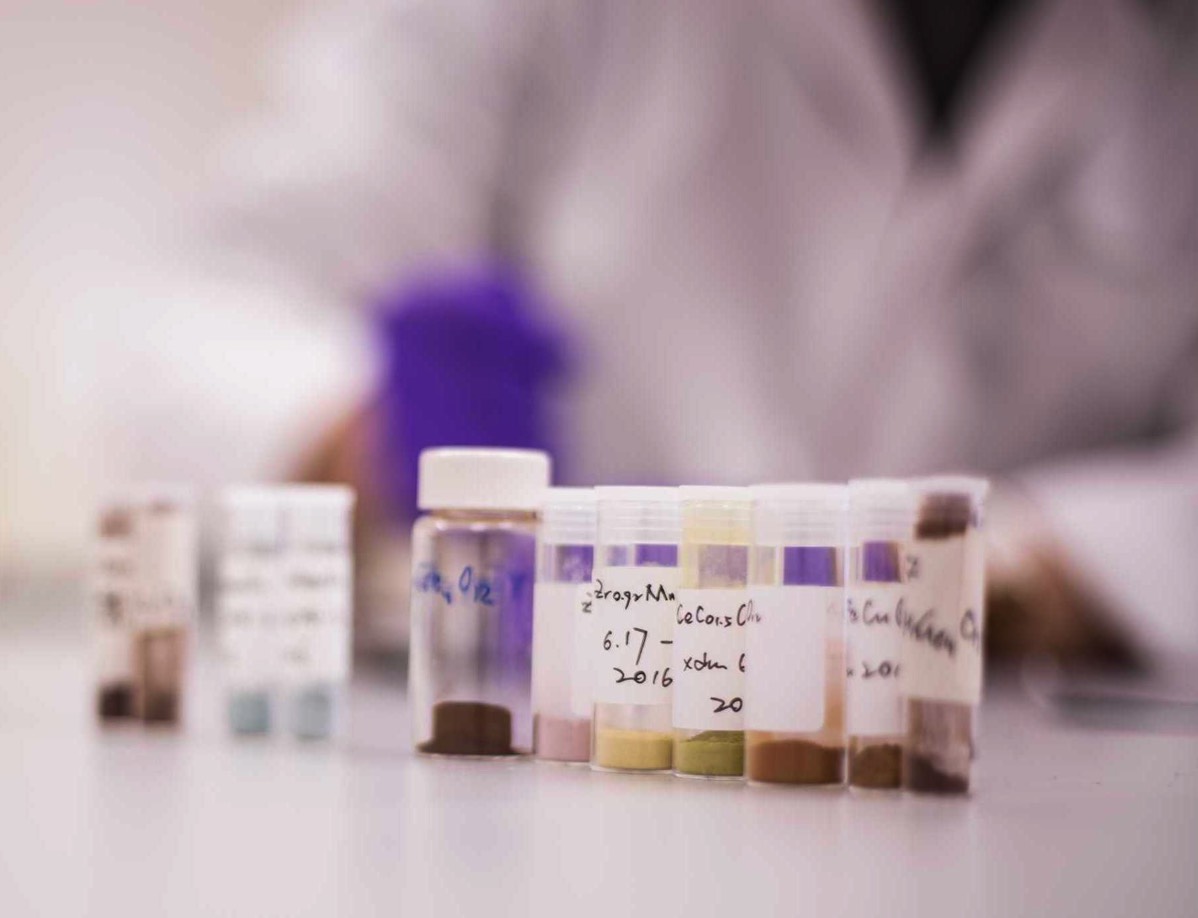

My Project is jointly supervised by Prof Langton and Prof Faulkner. I really love this collaboration as both their individual expertise and practical support from other members of their research groups has been incredibly helpful! I really think this has been the driving force for the progression of my project, and I love that I have been able to learn such a wide array of techniques from both the groups. Also getting two Christmas dinners every year is great!
Charlie Simms (2020 cohort)
I chose the OxICFM CDT because I wanted to work on a multidisciplinary project that would allow me to explore a unique area of chemistry. Collaborative projects are often ambitious, but let you explore a completely unique area of chemistry that few people in the world are working on, which is exciting.
Alex Mapp (2021 cohort)
